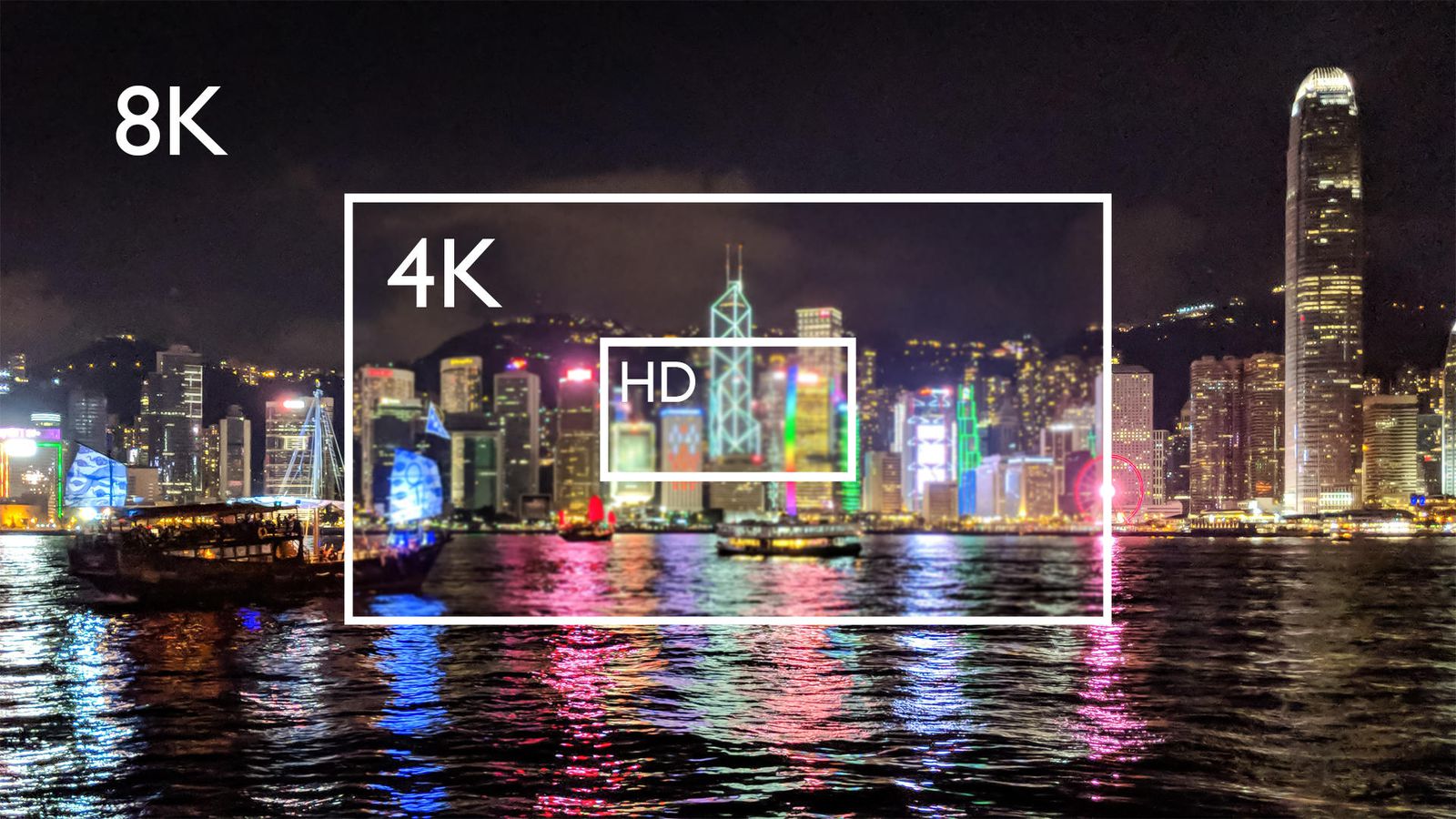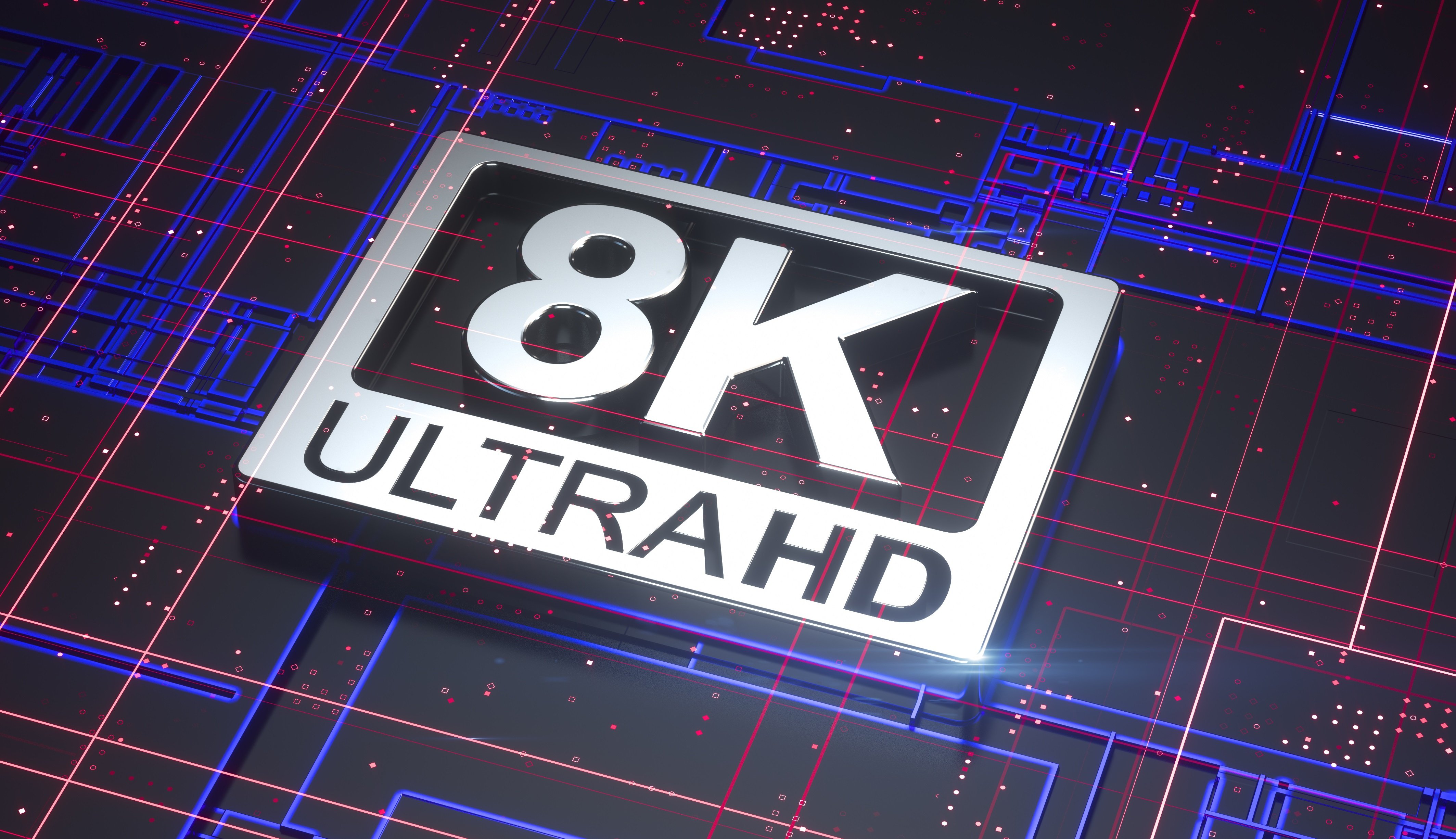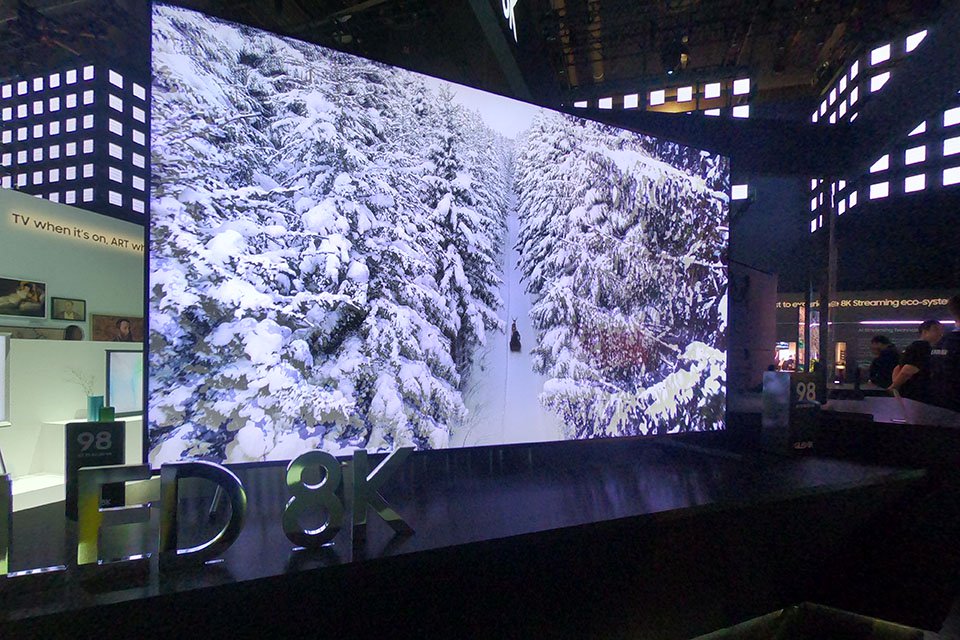8k monitors are by far one of the most interesting and awe-inducing technologic developments.
A lot of things have changed ever since the debut of HD. 4k technology soon won over the audience of videogames, movies and tv series fans with its superb richness in details, the bright colors, and the high quality of the images.
Next came 5K, and visual performances just skyrocketed all the more.
8k technology promises fully immersive multimedial experiences which are nothing short of a theater viewing.
However, according to the earliest consumer analysis, this technology may stay out a wide audience reach for still a long time to come.
8k monitors, a new astonishing technology
8k monitors are today’s greatest technological hit. At Berlin’s Ifa the these futuristic devices stole the spotlight – and deservedly so.

These new tv monitors have an outstanding definition at over 7680 x 4320 pixel. In comparison, even the heights of 4k pale and HD – which had been claimed to be revolutionary in its golden age – appears as little more definite than your average smartphone video camera captures.
With this kind of resolution you may zoom on the most minute detail with such precision as was never before possible.
Yet despite its many advantages, the new monitor resolution has also some serious logistic setbacks that still need to be addressed.
High costs and intensive contents
The main issue with 8k monitors is that contents developed for this new technology are going to be extensively heavy in terms of memory and graphic resources.
In other words, we’ll need custom made contents to fully exploit the potential of 8k infrastructures.

Nowadays platforms like Sky and Netflix are only just starting to stream 4k-specific contents. And 8k might have to wait until as late as 2025, according to the earlier sales stats.
8k friendly contents take so enormously long to be created because this technology uses a ginormous amount of data.
In fact, most nowadays connections – including broadband – are nowhere near remotely powerful enough to deal with such a massive flow of informations.
5G networks have to become way more widespread for 8k contents to be aired and shared in a manageable way.
Why 8k monitors won’t be for everyone?
According to a Ses study, 8k monitors aren’t likely to become as widespread as most HD-ready tvs.
For this very reason, this technology – groundbreaking as it is – may really only find its way into niche markets like luxury.
8k monitors also need to be huge in size to do full justice to their definition, rivaling in terms of quality (and size) with theaters screens.
It goes without saying that such colossal devices may not be for everyone – and not particularly affordable either.
Devices with this technology ought to be fairly expensive. Presently, most 8K monitors available cost about 11.900 eur – way out of the average user’s budget.
What are the best models out there?
Like we’ve seen, 8k monitors are going to be reserved for the most part to an elite of movie buffs, top class gamers and artists, graphics or multimedial professonals.
Yet there are some 8k monitors available out there for domestic use, the most interesting of which you find below.
Samsung was a pioneer with its Q900R, a monitor qith qled technology available in three various sizes – 65, 75 or 85 inches respectively.
LG was right up there too with its revamped Oled monitor. The new Oled has a 88 inches screen definition and backlit pixels, allowing the best rendition of colors and blacks.
Last but not least, Sharp released a new series of top-class 8k monitors at incredible price. Which is well deserved by their tech specs – especially the upscaling feature.This way even your old FullHD and 4k contents will be enhanced by the new definition’s resources.
This post is also available in:

